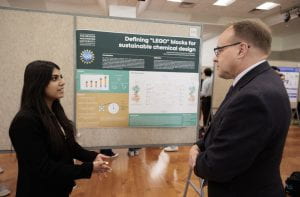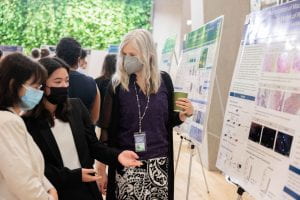The following blog post was written by fellow UHPer and Fall 2023 SURE Award recipient, Paul Leoni (Environmental and Sustainability Science, ’25). Read on about Paul’s research and how he plans to utilize the SURE Award funding to further expand upon his experience!
My name is Paul Leoni and I am an undergraduate junior studying Environmental and Sustainability Science. For the past year, I have worked as a research assistant for Dr. Keryn Gedan’s coastal marine ecology lab in the Department of Biology. The Gedan Lab studies the response of dynamic tidal wetlands to sea level rise, species invasions, and nutrient availability. In addition to collecting and sorting biomass collections from agricultural fields and saltwater marshes along the Delmarva Peninsula, I have started a long-term project to create graphical abstracts and conceptual figures for the lab’s ongoing publications, conference presentations, and grant proposals. As a recipient of the GW SURE Award, I will be attending a conference on saltwater intrusion and sea level rise in coastal agroecosystems to interact with stakeholders and scientists on topics surrounding these science communication products.
Last summer, I was an intern in Dr. Kate Tully’s Agroecology Lab at the University of Maryland. Through this position, I gained invaluable research experience sampling agricultural fields, performing experiments in saltwater marshes, and conducting an independent mapping project on the risk of nutrient runoff into the Chesapeake Bay. In doing so, I learned the socio-ecological impacts of saltwater intrusion on coastal agroecosystems, including species invasions, loss of farmland, crop yield declines, and runoff of legacy nutrients. After interacting with various farmers on the Eastern Shore in their salt-damaged fields, I was also reminded of the human impact of sea level rise, which threatens lives and livelihoods in the coastal zone.
The GW SURE Award will enable me to translate these impacts to the general public through visual communication tools developed and presented at the conference. For instance, I recently created the conference’s official logo & promotional flier with original photography of ghost forests and salt-damaged corn fields. Leading up to the conference, I will design presentation materials and create a graphical abstract for a grant proposal on saltwater intrusion modeling, implementation, and engagement for rural and agricultural coastlines. At the conference, I will engage with scientists, stakeholders, and farmers, and transform their verbal and written testimonials into communication products like articles and photo essays.
In this sense, the GW SURE award will open doors for further research opportunities, such as publishing scientific illustrations for the broader Coastal Critical Zone Network, the primary research group attending the conference. These opportunities, coupled with experience at an academic conference, will provide me with the communication and research skills for asking questions to a scientific audience and translating the answers to a general public.
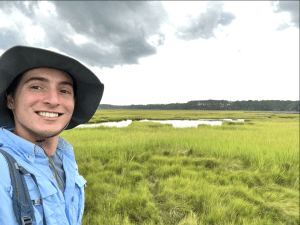
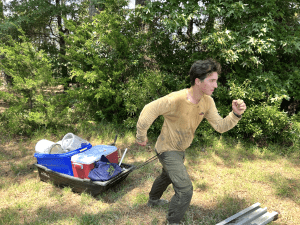
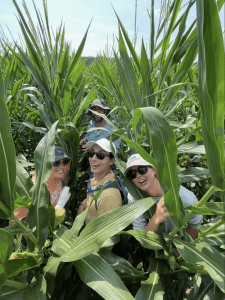
Interested in applying for your own SURE Award funding? Find out more about the application process here!


